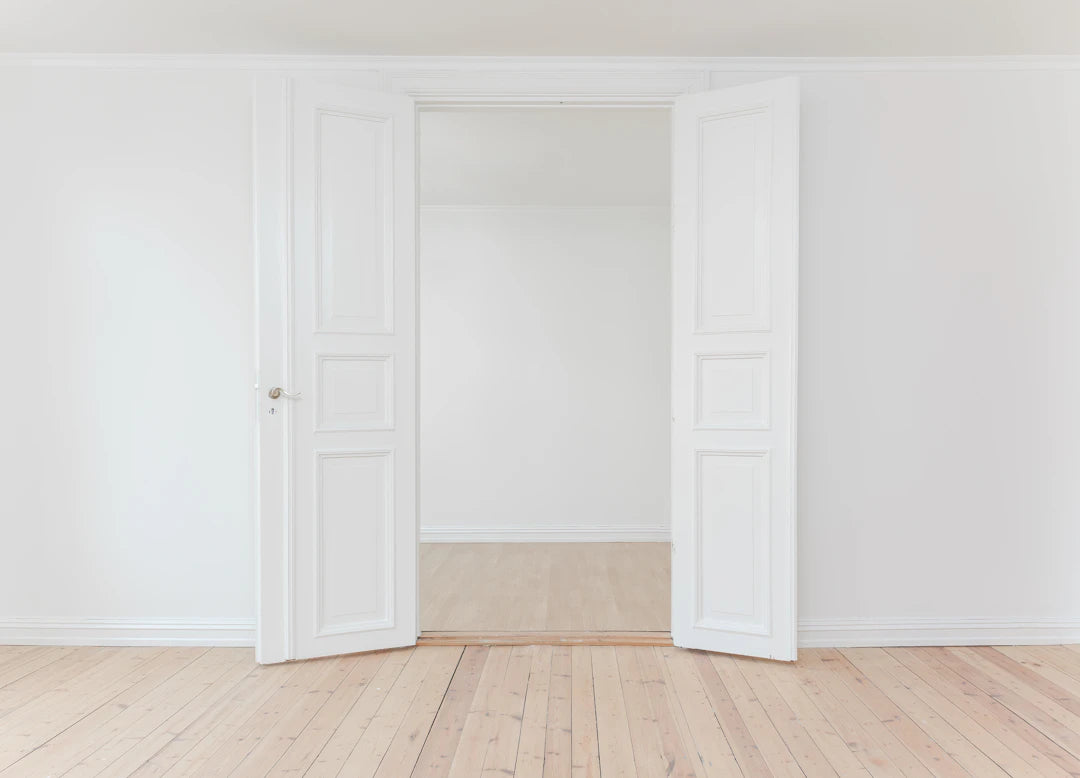In the realm of home décor, minimalism has emerged as one of the most sought-after styles. It resonates with individuals looking to create serene living spaces that ooze tranquility and sophistication. But what exactly is minimalist décor, and how can you incorporate it into your home? In this comprehensive guide, we'll delve into the essence of minimalist home décor, explore its core principles, and offer practical tips to help you elevate your living environment.
Understanding Minimalism in Home Décor
Minimalism is more than just an aesthetic; it's a lifestyle choice that emphasizes simplicity and functionality. By stripping away the excess, minimalist home décor focuses on the essential, creating a peaceful and clutter-free environment. This movement encourages a "less is more" philosophy, allowing you to appreciate the beauty in simplicity.
The Core Principles of Minimalist Décor
To successfully adopt a minimalist décor style, it's crucial to understand its foundational principles. Here are the key elements that define minimalist design:
- Clarity and Simplicity: Minimalism is all about clear lines and simple forms. The objective is to eliminate distractions, allowing you to focus on what truly matters.
- Functionality: Every piece should serve a purpose. Items in a minimalist space are chosen for their practical value, contributing to the overall functionality of the room.
- Neutral Color Palette: Minimalist designs frequently use a soothing color scheme dominated by whites, grays, and soft earth tones. This palette helps create a calm and cohesive look.
- Quality Over Quantity: In minimalist décor, less really is more. Investing in high-quality furniture and décor items can elevate your space without overcrowding it.
- Natural Elements: Incorporating natural materials like wood, stone, and plants can add warmth and texture, making the space feel more inviting.
The Benefits of Minimalist Home Décor
Embracing a minimalist approach to home décor comes with numerous benefits, including:
- Reduced Stress: A clutter-free environment helps reduce anxiety and stress levels, promoting a sense of calm.
- Increased Space: Minimalism opens up your home, making it feel larger and more spacious. This is especially beneficial for small living areas.
- Enhanced Focus: A minimalist space reduces distractions, allowing you to concentrate better and enjoy your surroundings more fully.
- Timeless Aesthetic: Minimalist design is not bound by fleeting trends. Its simplicity offers a timeless quality that never goes out of style.
How to Create a Minimalist Home Décor
Ready to transform your space into a minimalist haven? Here are some practical steps to help you achieve that sought-after minimalist style:
1. Declutter Your Space
The first step in creating a minimalist home is decluttering. Go through each room, and for every item, ask yourself:
- Do I use it?
- Do I love it?
- Is it essential?
If the answer is no to all three questions, it might be time to let it go. Consider donating, recycling, or selling items that no longer serve you.
2. Embrace a Neutral Color Scheme
Selecting a neutral color palette is essential for minimalist décor. Soft whites, muted grays, and earthy tones create a serene backdrop that allows your chosen decor to shine. Consider painting walls in calming shades and using these colors for larger furniture pieces.
3. Select Essential Furniture
When furnishing your home, choose pieces that are both functional and aesthetically pleasing. Look for furniture that boasts clean lines and multipurpose capabilities, such as a storage ottoman or a sleek coffee table that doubles as a workspace.
4. Limit Accessories
Accessories have the potential to clutter a space. Stick to a few impactful pieces, such as a statement vase or a piece of art that resonates with you. These focal points will draw attention without overwhelming the room.
5. Incorporate Natural Elements
To add depth and warmth to a minimalist space, incorporate natural materials and elements. Wooden furniture, stone accents, and plants can infuse life into your environment while staying true to the minimalist aesthetic.
6. Utilize Open Spaces
Open spaces are vital to minimalism. Rather than overcrowding your interiors with furniture, ensure that you leave plenty of unoccupied areas that allow your space to breathe. This will create a spaciousness that enhances the overall calming effect.
Exploring Different Minimalist Styles
Minimalism comes in various forms, each offering unique twists on the core principles. Here are some popular minimalist styles you might want to consider:
Scandinavian Minimalism
Scandinavian minimalism features clean lines, functional layouts, and a predominance of natural light. It emphasizes a warm and inviting ambiance with cozy textiles and organic materials. The color palette often includes whites, soft pastels, and muted tones paired with wooden accents.
Japanese Minimalism
Inspired by traditional Japanese aesthetics, this style focuses on simplicity and craftsmanship. Japanese minimalism incorporates natural materials and fosters an appreciation for nature. With features like tatami mats and sliding shoji screens, this style creates a serene living environment.
Industrial Minimalism
Combining minimalist design with industrial elements, this style uses raw materials such as exposed brick, metal, and concrete. Industrial minimalism often features a more rustic appeal, with vintage furniture and a darker, moodier color palette.
Modern Minimalism
Characterized by sleek lines and a monochromatic palette, modern minimalism focuses heavily on function and technology. It often utilizes innovative designs, geometric forms, and minimal decoration, prioritizing overall simplicity and utility.
Embracing Minimalist Living
Making a shift toward minimalism is not just about the physical space; it’s about adopting a mindset that prioritizes quality over quantity. Embracing minimalist living can lead to a more fulfilling and intentional life, where you focus on what truly matters to you.
1. Practice Mindful Consumption
Consider your purchases carefully. Before buying, ask yourself if it serves a purpose or adds value to your life. Cultivating a mindful approach to consumption can prevent unnecessary clutter both in your home and in your mind.
2. Simplify Your Daily Routine
Minimalism extends beyond your home and into your daily life. Streamlining your routine, simplifying meal prep, or even decluttering digital devices can foster a more organized lifestyle.
3. Foster Meaningful Connections
Shift your focus from material possessions to experiences and relationships. This shift can lead to deeper connections with yourself and the people around you, enriching your life in ways that things cannot.
Wrapping It Up: Your Journey to Minimalist Bliss
As you embark on your journey to create a minimalist home, remember that it's not about strict rules or limitations but about intentionally curating the space to reflect your lifestyle and values. By emphasizing clarity, simplicity, and functionality, you can create a sanctuary that invites tranquility and ease into your life. So, let go of the excess, embrace the beauty of minimalism, and watch your home transform into a peaceful retreat. Your minimalist bliss is just a few thoughtful choices away!

